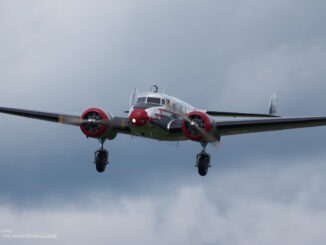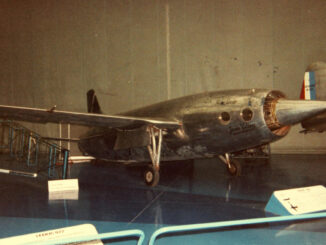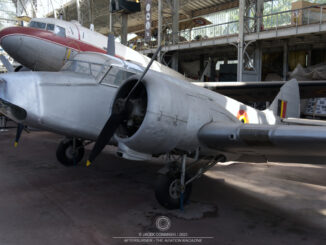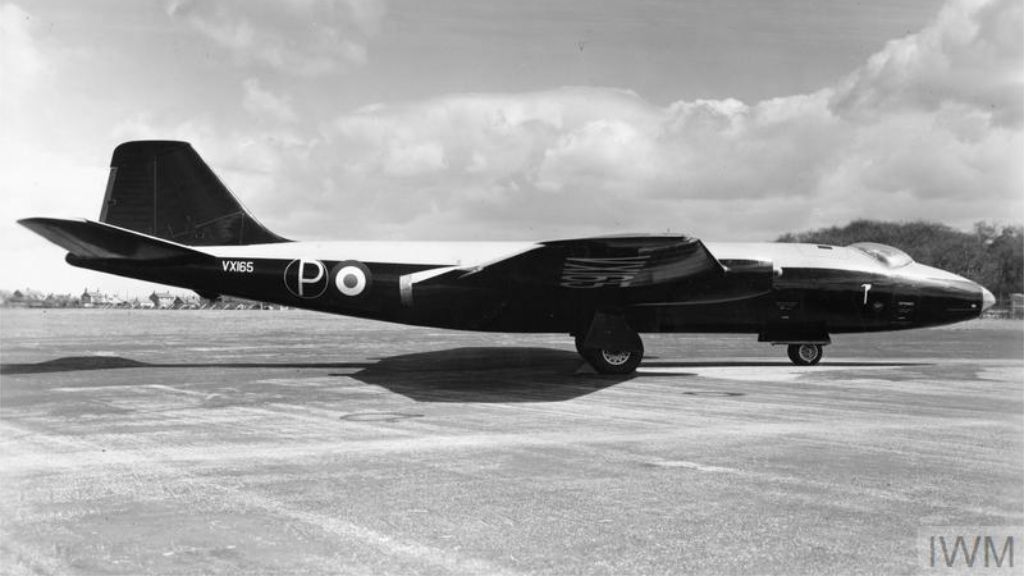 On 21st February 1951, an English Electric Canberra B.2 bomber aircraft performed the flight from Aldergrove in Northern Ireland to Gander, Newfoundland. It was the first non-stop, non-refuelled transatlantic flight by a jet aircraft, as well as the fastest crossing of the Atlantic Ocean until then.
On 21st February 1951, an English Electric Canberra B.2 bomber aircraft performed the flight from Aldergrove in Northern Ireland to Gander, Newfoundland. It was the first non-stop, non-refuelled transatlantic flight by a jet aircraft, as well as the fastest crossing of the Atlantic Ocean until then.
The English Electric Canberra was the first-generation jet bomber, developed in the late 1940s as a successor to de Havilland Mosquito, a well-known multirole combat aircraft from the World War II.
Prototype of the aircraft successfully performed its maiden flight on 13th May 1949. Almost exactly two years later, on 25th May 1951, the Canberra became the first British jet bomber introduced into service with the Royal Air Force.
Development of the Canberra was finalised just in time for the aircraft to begin its combat service in the Korean War that broke out in June of 1950. The new conflict involved several countries from both sides of the Iron Curtain, resulting in rapid increase of demand for a fast, high-altitude medium bomber aeroplane among the Western air forces. In as short time, the Canberra was ordered in large numbers.
The British forces ordered more than four hundred examples of the Canberra, to be manufactured not only at English Electric company but also – following the British government wartime production procedure – at Avro, Handley Page and Short aviation plants. In addition, the Royal Australian Air Force placed an order for forty-eight examples of the bomber.
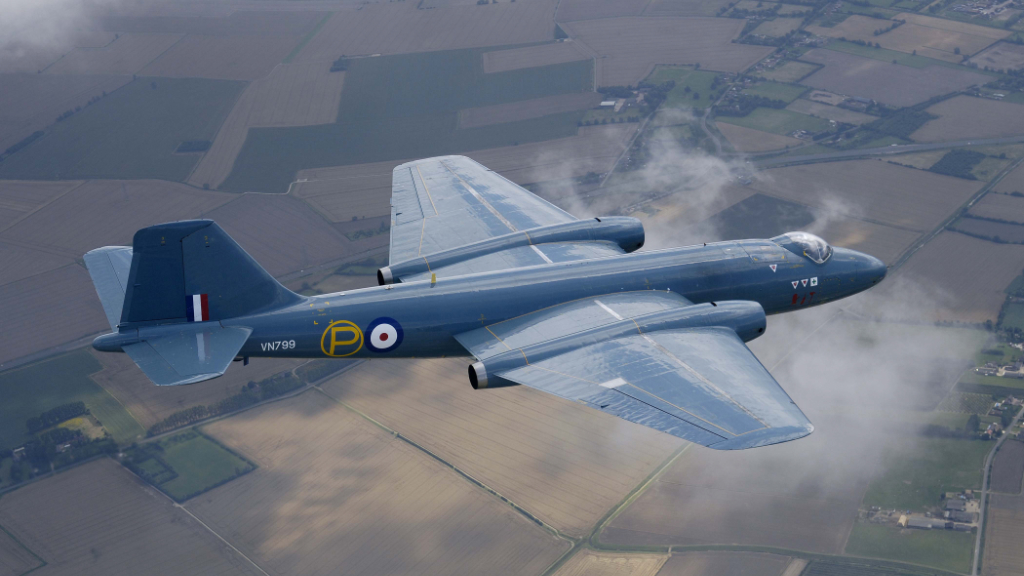
The aircraft captured the interest of the United States Air Force, as the Canberra seemed to be a perfect replacement for already obsolete B-26 Invader. At that time, no US-designed medium jet bomber was at the final stage of its development, therefore buying the Canberra was the only solution for the USAF which decided to order more than four hundred examples of the bomber. They were manufactured under licence by the Martin Company and designated the B-57 Canberra.
An example of the Canberra was sent to the United States for demonstration purposes. It was the fourth production aircraft, WD932 (construction number 71012), which represented the initial B.2 (or Canberra B Mk 2) variant of the bomber.
On 21st February 1951, the aircraft took-off from Aldergrove in Northern Ireland and flew to Gander air base of the Royal Canadian Air Force, in Newfoundland. It was not only the first non-stop, non-refuelled flight across the Atlantic Ocean by a jet aircraft but, additionally, made in a new – although unofficial – record time of 4 hours and 37 minutes. The transatlantic flight covered approximately 1,800 miles (2,896 km).
During that record flight, the crew of the aircraft was Sqn/Ldr A.E. Callard (pilot), Flt/Lt E.A.J. Haskett (navigator) and Flt/Lt A.J.R. Robson (signaller) from Boscombe Down RAF station.
Over the next few months, the Canberra WD932 was used for demonstration purposes. It was allocated to the USAF and received new tail number 51-17387, although not painted on the aircraft.
On 21st December 1951, the WD932 crashed during a flight from Martin aviation plant. The accident was caused by incorrect fuel handling of fuel that led to change in the aircraft centre of gravity, finally resulting in loss of a wing during a 4.8g manoeuvre. Both crew members, Major Harry M. Lester and Captain Reid Johns Shaw, managed to bail out. Regrettably, Shaw´s parachute failed to open, and he was killed on the spot.
Cover photo: English Electric Canberra B.2, illustrative photo (IWM ATP 19190C, used under the IWM Non-commercial Licence)

